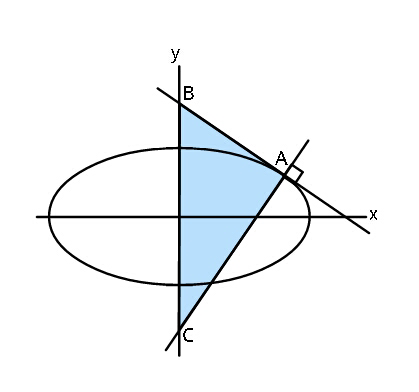
AllQuestion and Answers: Page 1609
Question Number 48291 Answers: 1 Comments: 1
$${Find}\:{the}\:{exact}\:{value}\:{of}\:\mathrm{0}^{\mathrm{0}} \\ $$
Question Number 48285 Answers: 1 Comments: 2

Question Number 48283 Answers: 1 Comments: 1

Question Number 48289 Answers: 0 Comments: 4
Question Number 48272 Answers: 0 Comments: 1
$$\mathrm{z}^{\mathrm{5}} =\mathrm{32} \\ $$$$\mathrm{find}\:\mathrm{all}\:{root}\:{z} \\ $$
Question Number 48268 Answers: 1 Comments: 4

Question Number 48264 Answers: 0 Comments: 0
Question Number 48261 Answers: 0 Comments: 4
Question Number 48267 Answers: 0 Comments: 2
Question Number 48255 Answers: 0 Comments: 1
Question Number 48250 Answers: 2 Comments: 3

Question Number 48249 Answers: 1 Comments: 0

Question Number 48247 Answers: 0 Comments: 0
Question Number 48246 Answers: 2 Comments: 1

Question Number 48239 Answers: 1 Comments: 1
Question Number 48233 Answers: 0 Comments: 0
Question Number 48227 Answers: 1 Comments: 0
Question Number 48226 Answers: 1 Comments: 0
Question Number 48225 Answers: 1 Comments: 0
Question Number 48224 Answers: 1 Comments: 0
$${e}^{{z}} =\mathrm{1}−\sqrt{\mathrm{3}}{i} \\ $$$${z}=.. \\ $$
Question Number 48222 Answers: 0 Comments: 0
Question Number 48208 Answers: 1 Comments: 0
Question Number 48204 Answers: 1 Comments: 0
Question Number 48202 Answers: 1 Comments: 1
Question Number 48196 Answers: 1 Comments: 1

Question Number 48194 Answers: 1 Comments: 1
Pg 1604 Pg 1605 Pg 1606 Pg 1607 Pg 1608 Pg 1609 Pg 1610 Pg 1611 Pg 1612 Pg 1613
